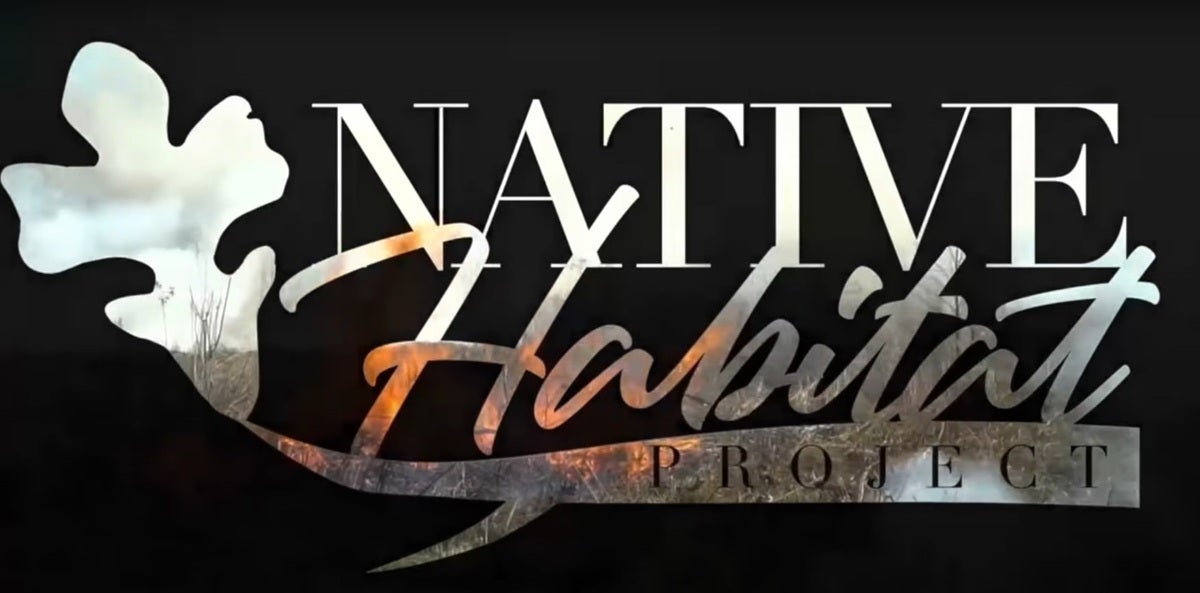Native Habitat Project Carries the Water for Dixieland Wildlife
Eve Flanigan 03.10.23
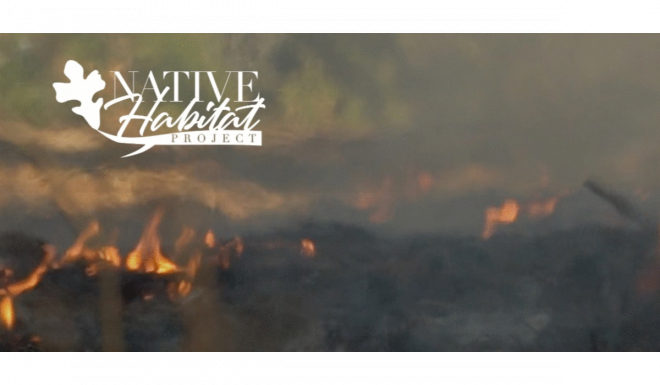
Native Habitat Project (NHP) is the name of a growing effort and business established in July 2021 to restore and manage what its founder says is the manner in which flora and fauna were meant to co-exist in his homeland and beyond. While it’s based in northern Alabama and much of the species-specific advice offered is applicable to the southeast, the concepts are universal; the delivery motivational.
Though I had intentions of scoring an interview with NHP founder Kyle Lybarger or collegues Jake Brown and Alan Summerford, they appear to be quite busy getting the word out via self-produced media and events like February’s National Wild Turkey Federation convention. So I’ll wing this. I first discovered their work on Instagram, which has become a near-daily source of new educational content that, in a world filled with dour news, offers encouragement that someone is working on real and tangible ways to improve the environment. NHP also has a presence on Facebook, YouTube, and TikTok, mostly with Lybarger as the public face of the organization. In this article, I’ll attempt to pass along general advice as shared on the channel and perhaps encourage others to take on their own habitat improvement efforts or reach out to NHP for a consultation, whether urban, suburban, or rural.
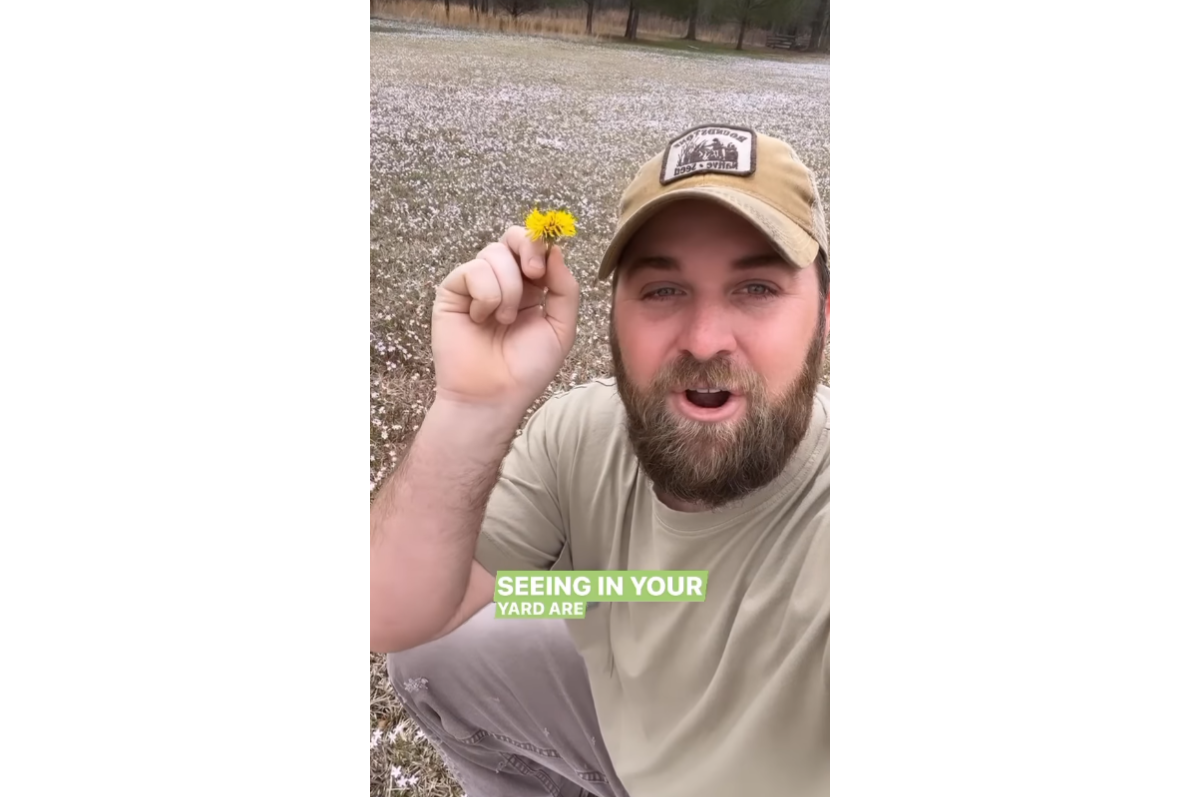
My attention was initially piqued by an NHP video made in a typical suburban front yard. Lybarger bemoaned the practice of planting non-native evergreens that tend to overpower native species while offering no food for local birds. Other such videos are devoted to lawn grass and flowers.
Several other segments feature “screening” flora. Here, Lybarger addresses both residential privacy plants and agricultural borders. To make his point, he often films himself hiding in naturally occurring or human-cultivated native cover plants, to amusing and memorable ends.
There are the many videos involving trees. “I don’t know where we got our weird fascination with trees,” he says, pointing out that trees are akin to the (usually huge, African) animal that’s featured on any major zoo’s tee shirts. While that animal, whether it be a lion, giraffe, elephant, or whatever, obviously exists in the wild in an ecosystem replete with other animals and plants, we tend to hang our affections and associations on these headline species. When it comes to trees in the U.S., their totem status has often come at a high cost to less popular plants and critters. A frequently heard perspective on the channel is that pre-colonized America was mostly grassland, dotted with trees. Grasslands disappeared to accommodate a combination of tree-mania, the invasion of non-native tree species, and development. Gone in many locales are food and shelter for all sorts of animals, including ones to which hunting seasons are dedicated. Food plants often died out for lack of sunlight, and the diversity of animal populations consequently suffers.
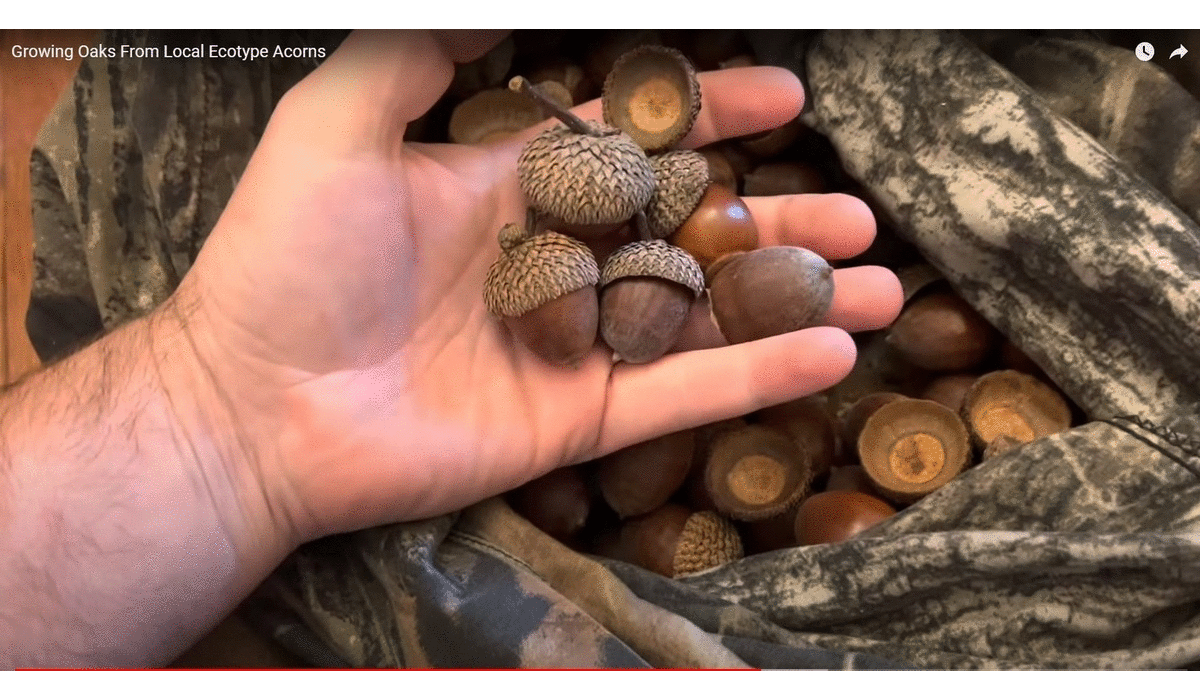
Habitat decline as a result of beaver depopulation and land development of all sorts is one of the aspects addressed. Beavers, explains Lybarger, support natural pastures by backing up waterways that then spread over a greater area. Of course such comments are met with sharp retort by those who’ve had property flooded as a result of the big rodents, but Lybarger is a master of delivering kind and fact-filled counterpoints. A point I found especially poignant is made in a video in which Lybarger filmed himself standing in the rain, under an umbrella sporting all the usual African animals. Every American schoolkid, he says, knows about the savannas of Africa and how critical they are to the lives of animals there. Adults and children alike would be outraged to learn that savannas were being destroyed en masse to accommodate some trendy human cause. Yet that’s what’s happened, and continues going on, with the diverse grasslands of North America. What a wake-up call.
Familiar themes emerge to educate consumers regarding landscaping plants. Promises of “no bugs” or “no trashy seed material” are often the earmarks of invasive species marketing. With engaging friendliness, Lybarger explains how those promises usually break at some point for the homeowner/landscaper, along with the often dismaying immediate effects of depriving seed-eating birds and plant-eating bugs of food that supports a host of songbirds or other species.
Fire, particularly large grass or forest fires, have a way of striking fear in most minds. Lybarger takes a decidedly friendly, yet passionate approach to this basic element, taking viewers along has he performs controlled burns, with permission of course, on private plots of both wooded areas and pasturelands. Expert but digestible information is provided on both how to manage fire lines for one’s own intentional burns, as well as longer-term insights regarding the ease of encouraging native trees and discouraging habitat-robbing invasives with annual or biennial burns. Turns out, most American plant species, including those in the eastern states, rely on seasonal fires to thrive. The Smokey Bear story that we all know, along with embracing trees that provide no grazing or shelter value over low-growing and mid-height plants, has ultimately killed more life than has been saved due to fire phobia.
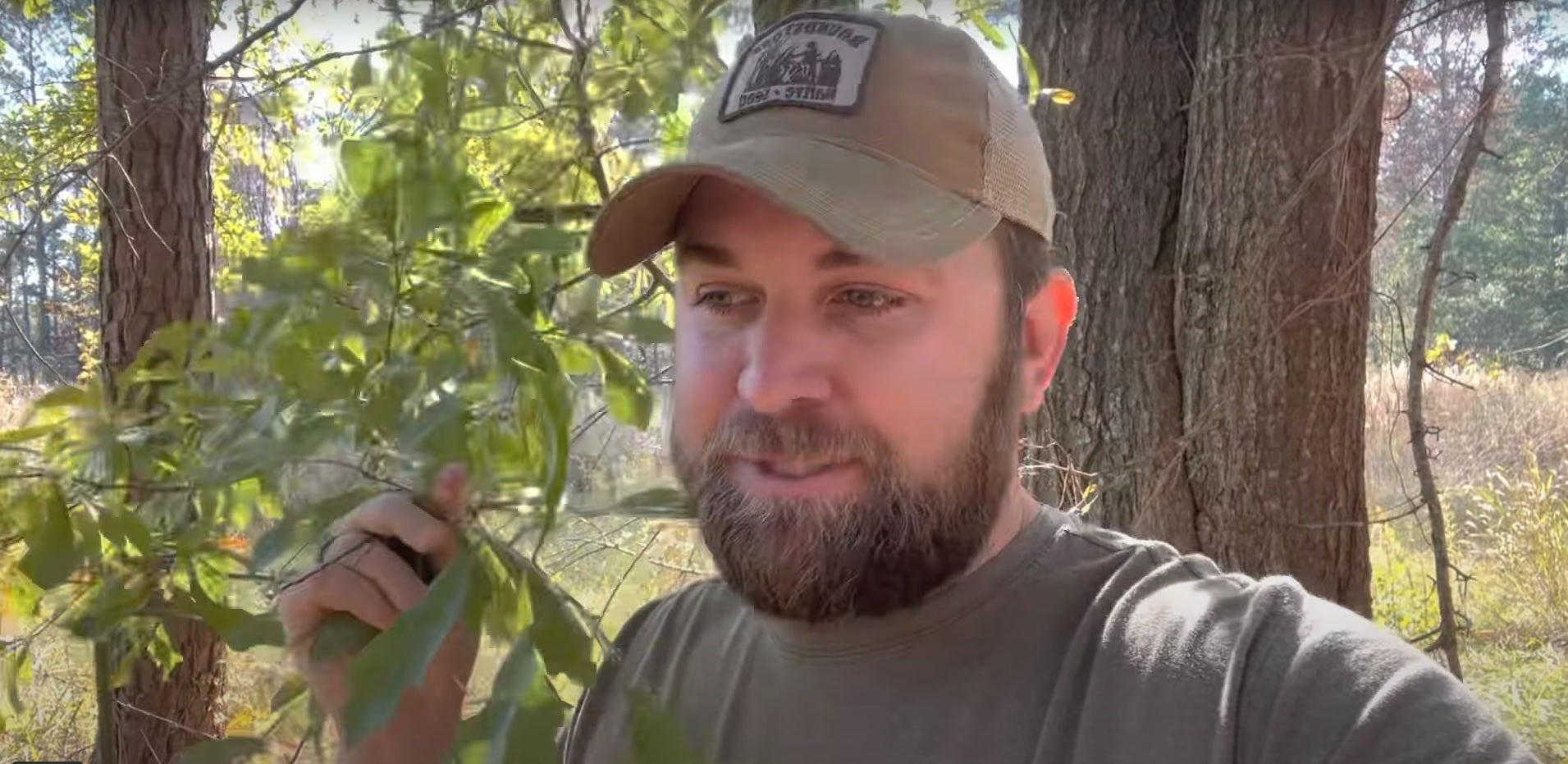
All this is not to paint NHP or Lybarger as preservationists. Rather, if one listens with an open mind, there is a wealth of free education in these short videos and other media such as a regular podcast, to help both individuals and businesses thrive while helping nature do the same. Lybarger points to tiny front yards that replaced foreign plants with native ones, equally or more attractive than before, while citing benefits to wildlife. On site in West Point, Mississippi at the Mossy Oak corporation’s golf course, NHP highlights the company’s practical and aesthetic success in restoring native prairie alongside a human pursuit often associated with habitat destruction.
This work is centered in the Southeast, but Lybarger is quick to point out that every region has its own set of naturally occurring species that can do much to support wildlife. His advice is directly applicable to many people, but a little study for regions outside of Dixie, and a little effort to encourage and protect native species can make a big difference, from an apartment window planter to expansive farm and ranch properties. Private citizens can make changes now, without waiting for the slow-turning wheels of bureaucracy to change public lands.
Like most people, I detest know-it-alls and finger-wagging lectures intending to inspire guilt in the listener. If NHP material was delivered in anything close to that manner, I’d not be writing this as I’d never have listened. But Lybarger’s voice and message are gentle, humorous, and always tips the scales in favor of practical pointers over complaining. Lybarger and partners lead by example with love for the land and the recreation and life-sustaining resources it offers.
NHP is a bootstrap operation, fed by consultation by Lybarger and partners, demonstration projects on private and purchased tracts, as well as a growing Patreon channel, where in-depth discussion and advice are shared. Check them out but be warned that, like me, you might just get hooked.
(Mr. Lybarger, if you see this, constructive commentary is welcome!)
